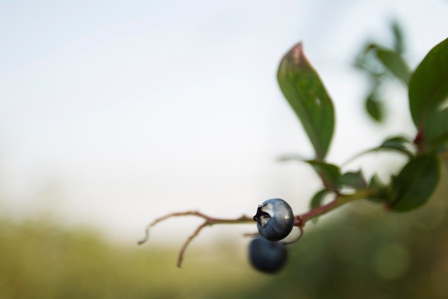Permaculture for Sustainable Food Sources
Mother Nature did it first, which experts recognized while developing permaculture as an agricultural system. Basically, food growing areas are designed to mimic nature, with integration of land, water and plants. Efficient use of resources maximizes food production while minimizing ecological impact. The result is sustainable agriculture.
Permaculture is used in rural and urban settings to produce food. It takes lots of study and training to understand the balance of nature and how to incorporate permaculture into the landscape. Bill Mollison, a researcher in Tasmania, developed “permanent culture” in the early 1970s in response to the environmental degradation he witnessed taking place in the world. He developed a curriculum and started teaching permaculture and it rapidly grew into an international movement. Closer to home, the Bullock family on Orcas Island has been living and teaching permaculture successfully for 25 years. The Bullocks uphold the core tenets of permaculture: Care for the earth: Provide for all forms of life and animals and plants will flourish and multiply. Care for people. Create access to healthy resources to sustain human life. Responsible use of resources: Efficient utilization of resources and sharing surplus. See photos here. Permaculture is complex in that it draws on organic farming, eco-design, integrated farming and sustainable development and other disciplines. The public may arrange to visit the Bullock’s homestead or take classes or internships at the Orcas Island homestead. For more information about classes and events, visit www.permacultureportal.com or take an eight-minute tour at www.youtube.com/watch?v=cqF_Z88SvQw
Here in Skagit County, Childs Creek Farm is in the process of evolving into a permaculture farmstead near Sedro-Woolley. Childs Creek also offers training and education to the public about permaculture. For more information, visit www.childscreekfarm.info
Permaculture for Survival
A prime example of sustainable urban agriculture emerged in Cuba after the 1991 collapse of the Soviet Union. Cuba had relied on the USSR for financial aid. Suddenly, imports of oil, food and fuel shrank. Cubans had to rely on their own resources and their own resourcefulness. They created neighborhood gardens in vacant space, rooftops and alleys and were able to produce sufficient food to avoid famine. But even better, people ate healthier, particularly more fruit and vegetables, because that’s what was available.
“The Power of Community: How Cuba survived Peak Oil” is a documentary detailing Cuban experiences. The American film, released in 2006, may overstate Cuban food-producing achievements because it’s making a point: How will the Western World fare if oil, the main fuel driving its economy, dries up for one reason or another? Even if that scary scenario isn’t realized anytime soon, prudence should guard against wasting resources. This thought-provoking film is worth renting or buying. You can reach your own conclusions about whether there is a need to change our agricultural methods.


